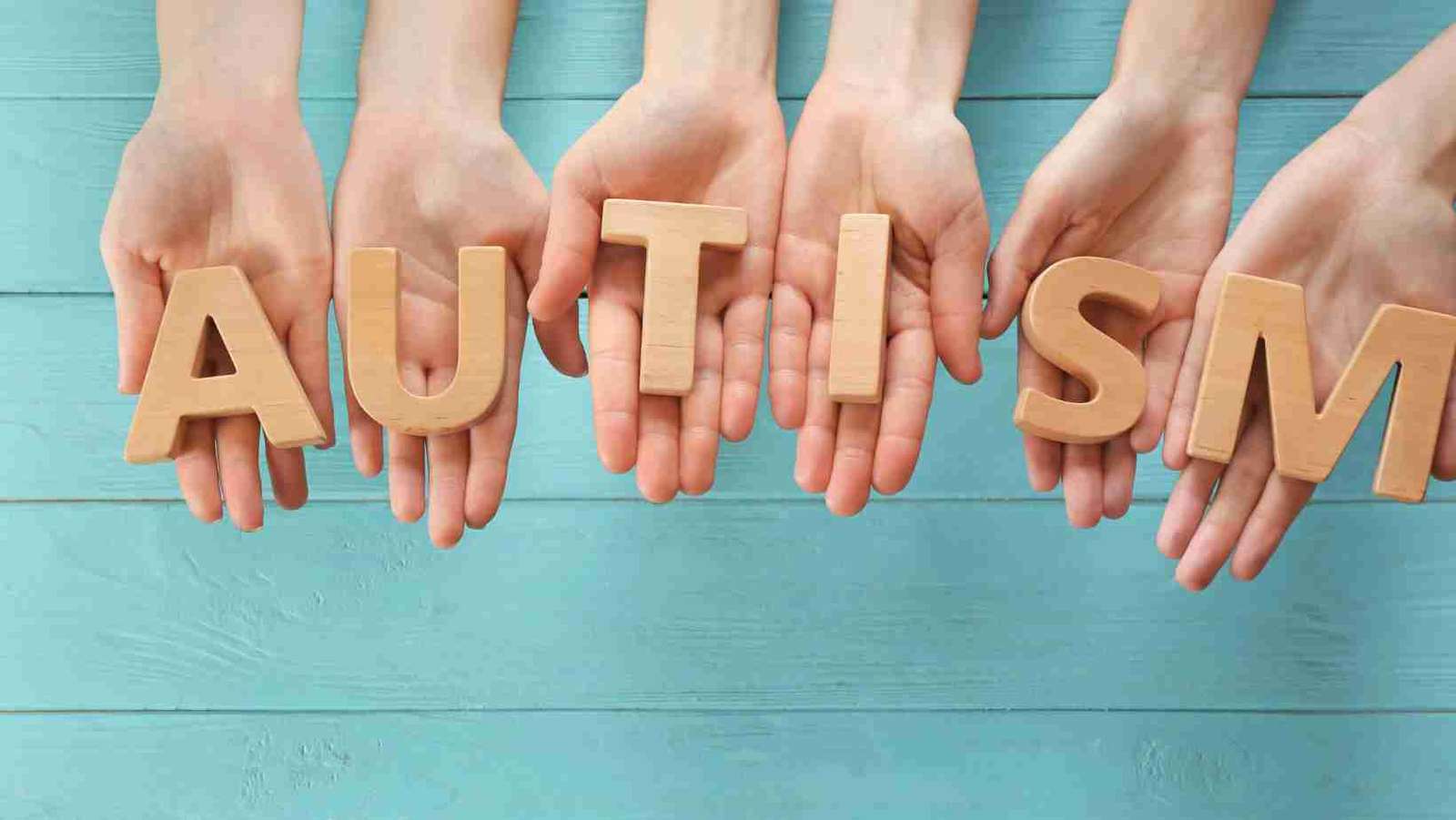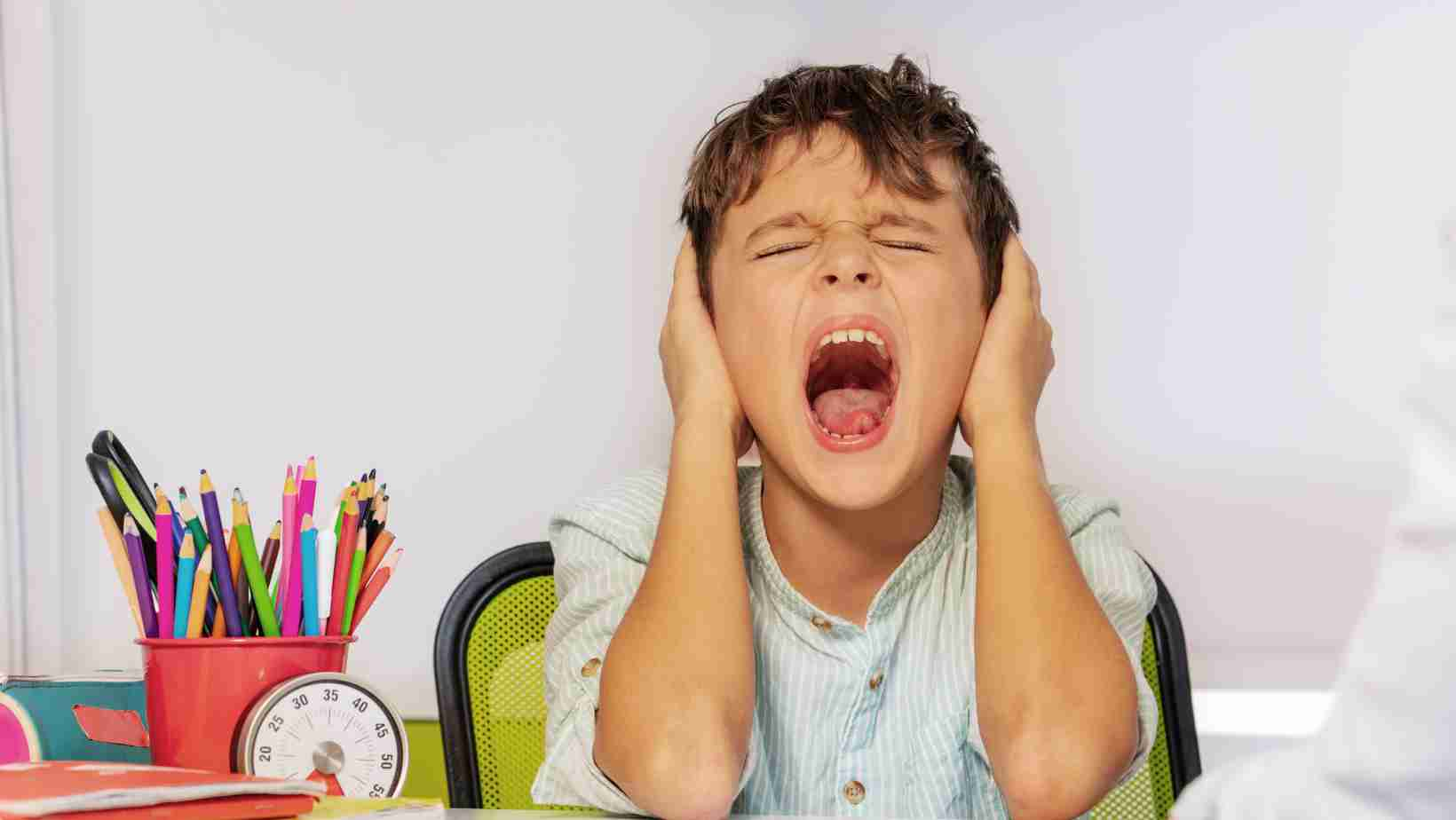
Dr Chandril Chugh
MBBS ( Delhi), MD, DM(ABPN), Neurosurgenology, FAHA, FACP, FINR, FNCC
Get Online Consultation From Best Neurologist For Autism Spectrum Disorder
Autism Spectrum Disorder (ASD)
Autism, or autism spectrum disorder (ASD), refers to a wide range of people with difficulties in social skills, repetitive behaviors, language, and nonverbal communication. According to the Centres for Disease Control, autism is estimated to affect 1 in 36 children in the United States today.
Even though ASD can be a lifelong disease, some programs and treatments can help with symptoms and daily functioning. The American Academy of Paediatrics advises screening all children for autism spectrum disorders. Parents should discuss screening or testing for ASD with their child’s doctor.
Autism, Asperger syndrome, childhood autism spectrum disorder, and pervasive developmental disorder of unknown characteristics are all disorders previously thought to be condition-specific compounds of autism spectrum disorder.
Early autism spectrum disorders ultimately lead to social, academic, and occupational social functioning issues. Autism symptoms are typically seen in youngsters during their first year. A small percentage of children appear to develop normally in the first year. Still, between 18 and 24 months, when they begin to show signs of autism, they undergo a period of regression.


Signs and symptoms of ASD
Early-infancy symptoms of autism spectrum disorder include:
- Limited eye contact.
- A lack of responsiveness to their name.
- A lack of interest in carers.
Other children may develop normally for the first few months or years of life but then suddenly become introverted, hostile, or lose their acquired language skills. Symptoms usually appear by age two.
The following list provides some illustrations of typical behavior patterns in ASD diagnoses. Although not all ASD sufferers will exhibit all of the behaviors described below, the majority will.
- Social contact and communication behaviors can include:
- minimal or erratic eye contact
- They don’t look into the distance or hear what others say.
- Not accepting or taking too long to accept your name or other oral requests for attention, exhibiting gestures, motions, and facial expressions inconsistent with what is being said, having an odd speech tone that could come off as sing-songy or flat and robotic.
- The inability or difficulty to understand another person’s viewpoint
Causes of Autism
Compared to the general population, families with one autistic child were more likely to have a second autistic child.
There is a higher prevalence of autistic features among a person’s family members.
According to twin studies, there is an extremely high likelihood that the other identical (monozygotic) twin will also be affected by autism (77% in one significant study). The risk is significantly lower in cases of fraternal (dizygotic) twins since they are genetically distinct from one another.
You can uncover a burgeoning area of autism study by searching for “autism and genes” online. Unfortunately, the genetics of autism are incredibly complex, with hundreds of different ‘risk genes’ and pathways identified; some of these pathways involve numerous genes in combination with environmental influences. It is about the only thing that is now certain.

Older parents could play a role.
There is mounting evidence that parents who are older (over 45 years old) run a higher risk of having an autistic child. Generally speaking, children with developmental and other abnormalities are likelier to be born to older parents. Older mothers are more likely to experience pregnancy and birth problems, even though the genetic component is most likely the explanation.
conception and delivery
Early infancy and pregnancy, though to a lesser extent, appear to be critical times when brain development may be impacted. Although this is a modest factor, it has been discovered that bacterial or viral illnesses in the mother during pregnancy may slightly raise the chance of autism.
caused by the environment
The past ten years have seen increased studies into environmental factors that may be linked to autism. However, after much investigation, no specific environmental component has yet been identified as a contributing factor.
Treatment of Autism
There is no known cause of autism spectrum disorder or treatment that works for everyone. Treatment aims to improve your child’s functioning by minimizing the symptoms of autism spectrum disorder and fostering growth and learning. Your child can learn important social, communicative, functional, and behavioral skills with early intervention throughout the preschool years.
Your child’s requirements may change over time, and the variety of home- and school-based therapies and interventions for autism spectrum conditions can be bewildering. Your healthcare provider might offer suggestions and direct you to local services.
Treatment choices could be
Behavioral and communication therapy. Many programs address a variety of social, language, and behavioral challenges associated with autism spectrum conditions. Some programs focus on reducing problematic behavior and providing new skills. Other initiatives focus on teaching children how to behave in social situations or improving their communication skills. Through a reward-based incentive system, applied behavioral analysis (ABA) can help adolescents learn new skills and apply these skills to different situations.
Treatments in education Strictly structured educational programs often work best for children with autism spectrum disorders. Effective programs often include an expert panel and activities to enhance social skills, communication, and practice. Children receiving mindfulness and individual behavioral therapy in preschool tend to improve significantly.
Family counseling. Parents and other family members can learn to play and interact with their children in ways that encourage social skills, address problem behaviors, and foster communication and daily living skills.
Other treatments. Occupational therapy teaches daily living skills; physical therapy, which improves movement and balance; and speech therapy, based on your child’s needs, can all help. A psychologist can make recommendations on how to deal with problematic behavior.
Medications. Specific medications can help resolve symptoms but fail to change the major symptoms of autism spectrum disorders. For example, certain medications may be recommended if your child is hyperactive. Severe behavioral issues can sometimes be managed with antipsychotics, and anxiety can be treated with antidepressants. Keep all doctors informed of any medications or supplements your child is taking. Some drug and supplement interactions can cause side effects.
When to see a doctor
Babies grow and change at their own pace, often deviating from the strict routine outlined in some parenting books. However, before the age of two, children with autism spectrum conditions often show signs of developmental impairment.
If you have concerns about your child’s development or think they may have an autism spectrum disorder, contact your doctor.
Symptoms of autism spectrum disorder are usually seen early in a child’s development when there are clear deficits in language development and socialization. Your doctor may recommend developmental tests to determine whether your child has social, language, or intellectual ability deficiencies. If your child
- After six months, she no longer responds with a smile or cheerful expression.
- At nine months, she doesn’t imitate sounds or facial expressions.
- Not cooing or babbling by 12 months.
- Not make gestures by 14 months, like pointing or waving.
- Has not spoken a word by the age of 16 months.
- By 18 months, she does not engage in pretend play or make-believe.”
- At 24 months, she doesn’t use two-word phrases.

